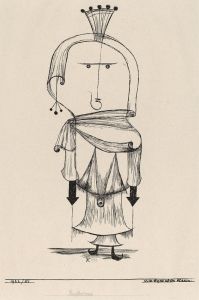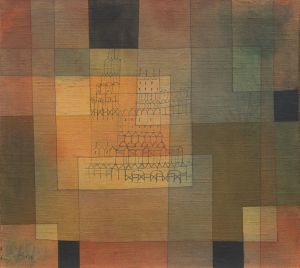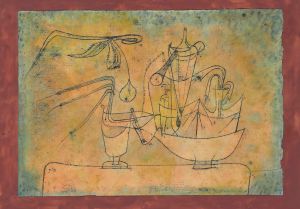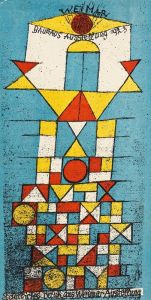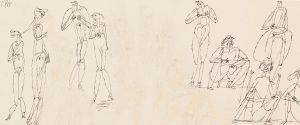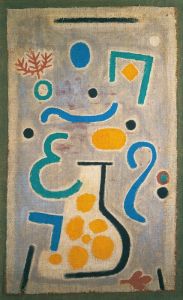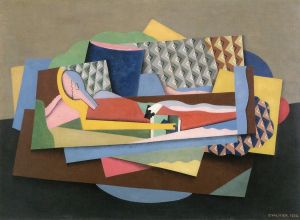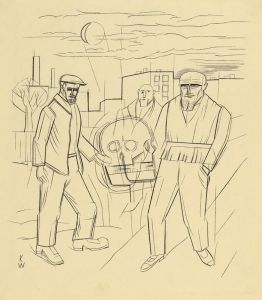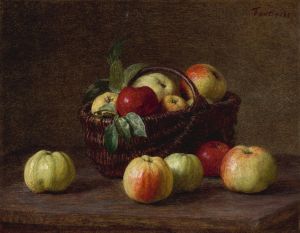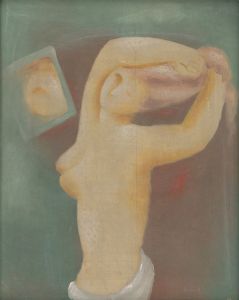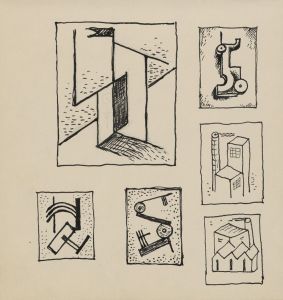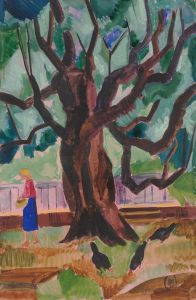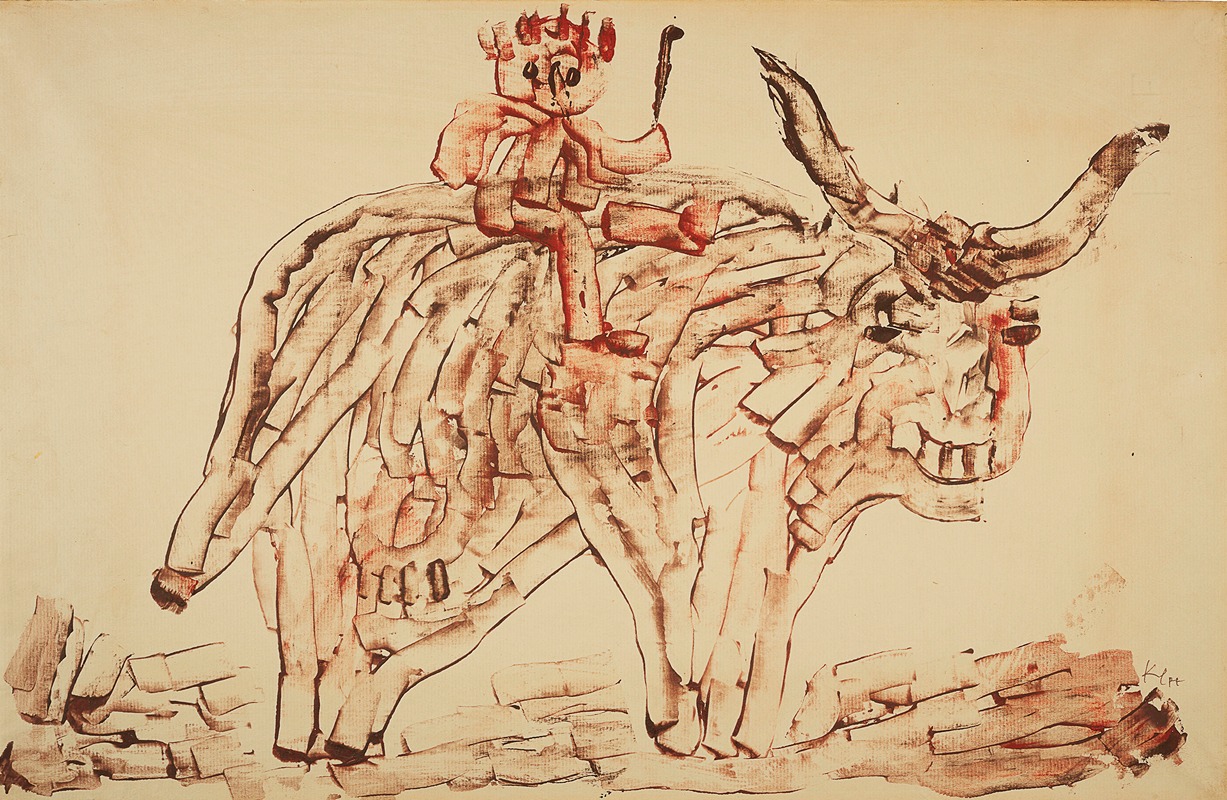
Sans titre
A hand-painted replica of Paul Klee’s masterpiece Sans titre, meticulously crafted by professional artists to capture the true essence of the original. Each piece is created with museum-quality canvas and rare mineral pigments, carefully painted by experienced artists with delicate brushstrokes and rich, layered colors to perfectly recreate the texture of the original artwork. Unlike machine-printed reproductions, this hand-painted version brings the painting to life, infused with the artist’s emotions and skill in every stroke. Whether for personal collection or home decoration, it instantly elevates the artistic atmosphere of any space.
Paul Klee, a Swiss-born artist, is renowned for his highly individual style that was influenced by movements in art that included Expressionism, Cubism, and Surrealism. One of his works, "Sans titre" (Untitled), exemplifies his unique approach to art. Klee's work often defies easy categorization, and "Sans titre" is no exception.
Paul Klee was born on December 18, 1879, in Münchenbuchsee, Switzerland. He was a prolific painter, producing over 9,000 works in his lifetime. Klee's work is characterized by a playful use of color, line, and form, often incorporating elements of abstraction and figuration. His art is known for its whimsical, childlike quality, yet it also conveys deep philosophical and emotional undertones.
"Sans titre" is a work that fits within Klee's broader oeuvre, which often includes abstract compositions that evoke a sense of spontaneity and improvisation. Klee's background in music, as the son of a music teacher and a violinist himself, influenced his approach to visual art. He often described his paintings in musical terms, considering the rhythm, harmony, and counterpoint of colors and shapes.
Klee's artistic career included a significant period at the Bauhaus, a German art school operational from 1919 to 1933 that combined crafts and the fine arts. He taught there from 1921 to 1931, influencing a generation of artists with his innovative ideas about color theory and form. His teaching and his work at the Bauhaus were instrumental in the development of modern art.
"Sans titre" reflects Klee's interest in the interplay between abstraction and figuration. While the specific details of this particular work are not widely documented, it is consistent with his broader body of work, which often features geometric shapes, symbols, and a vibrant palette. Klee's use of color is particularly notable; he often employed a technique of layering translucent washes of color to create a luminous effect.
Klee's work was deeply affected by his personal experiences and the political climate of his time. He lived through World War I and the rise of the Nazi regime, which labeled his work as "degenerate art." Despite these challenges, Klee continued to create and innovate, leaving a lasting legacy in the art world.
In summary, "Sans titre" by Paul Klee is a testament to the artist's distinctive style and his contributions to modern art. While specific details about this particular piece may be scarce, it embodies the characteristics that define Klee's work: a playful yet profound exploration of color, form, and abstraction. Klee's influence extends beyond his own creations, impacting the development of 20th-century art and inspiring future generations of artists.





